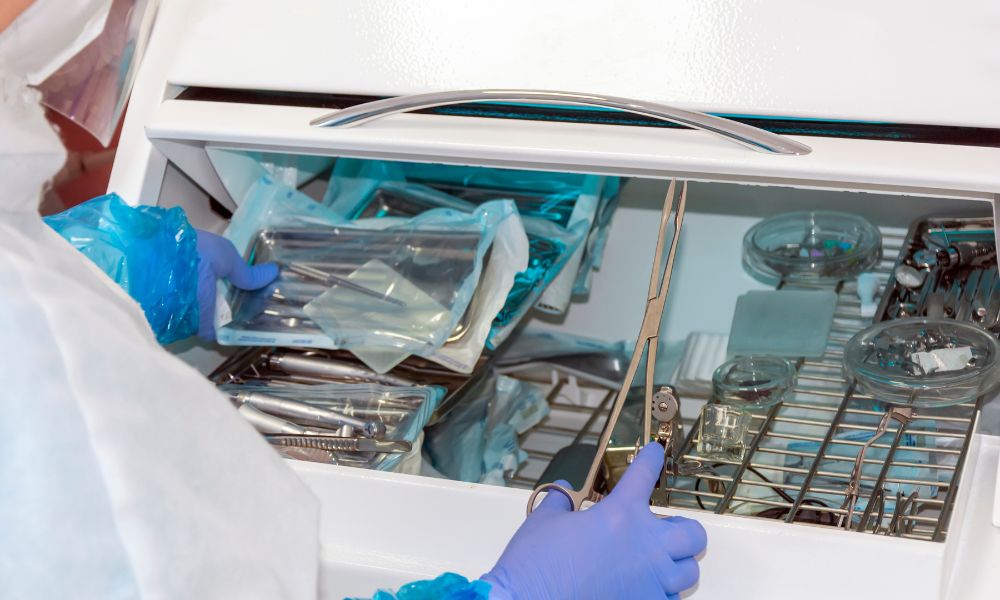Medical device packaging systems and design must meet rigorous safety requirements to ensure that a product remains sterile, durable, and safe after being packaged. Medical device manufacturers must adhere to specific packaging regulations to validate their products. Failing to comply with the necessary regulations can result in severe consequences, such as product recalls, product redesign, hefty fines, and lawsuits. Here are some details about medical device packaging testing regulations that you should be aware of.
Overview of Medical Device Packaging Testing Regulations
Medical device manufacturers must ensure they package their products properly to prevent contamination, damage, or corruption during shipping, handling, and storage. The Food and Drug Administration (FDA) regulates medical device packaging in the United States, with international packaging regulations such as ISO 11607 also in place to ensure global conformity.
Manufacturers must perform the necessary testing to verify that their product packaging meets the specified requirements to comply with these regulations. These regulations address package system approvals, design validation, and quality system requirements for all medical devices.
Testing Requirements for Medical Device Packaging
Testing is a crucial step in the medical device packaging validation process. The test requirements vary depending on the type and class of the device (I, II, III), corresponding regulatory guidelines, and the packaging design. Some potential examinations include transit testing, shelf-life testing, whole package integrity testing, and bacterial filtration efficiency among many others. Each procedure evaluates different factors such as humidity, product protection, temperature, sterility, and shelf-life.
Manufacturers must also understand the package testing standards that apply to the production environments where the devices undergo shipping and storage. Great care must go into creating comprehensive tests to simulate real-world settings and ensure that it meets expectations.
Validation for Medical Device Packaging
The role validation plays in the compliance and testing process is another crucial thing to know about medical device packaging testing regulations. Validation confirms that the packaging meets the predetermined requirements and guidelines of regulatory authorities after undergoing the necessary tests.
Elements of validation include an operational plan such as a protocol that describes the procedure being validated, specific success parameters, pass-fail criteria, and document validation schedules. After performing these tests through the approved testing protocol, the medical device manufacturer records and evaluates the results.
An expert validation laboratory like HIGHPOWER can provide the data and information required to validate the medical device packaging process.
Challenges With Packaging Testing Regulations
Ensuring regulatory compliance can come with a unique set of challenges. Even though manufacturers must meet rigorous packaging regulations, testing can experience delays due to cost, tight timelines, or team shortages.
However, in-house quality assurance specialists and testing laboratories can help overcome these problems. These services help manufacturers adhere to regulatory requirements and minimize the product’s risk, provide tangible data, and offer guidance to improve the manufacturing process.
Medical device packaging testing regulations require meticulous planning and execution. Therefore, reaching out to experts like our team at HIGHPOWER is crucial. We have several years of experience validating sterile packaging for medical devices, and we have all the necessary tools to help you create the perfect package design for your compliance needs. Reach out to us today to learn more.
